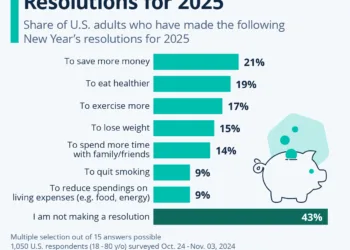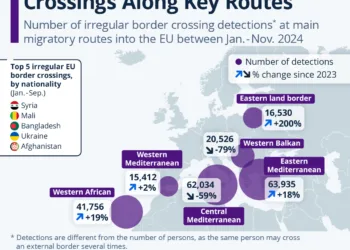The Rising Influence of BRICS: A New Global Paradigm
Introduction to BRICS
BRICS is an acronym that represents a coalition of major emerging economies, originally comprising Brazil, Russia, India, China, and later South Africa, which joined in 2010. The bloc is an influential entity on the global stage, acting as a counterbalance to Western-led organizations such as the G7. With a focus on promoting a multipolar world, BRICS emphasizes reducing the dominance of the United States and its allies, working toward a more inclusive and equitable global framework.
Recent Expansion of BRICS
In August 2023, BRICS underwent a significant expansion, officially inviting six additional nations to join its ranks. The countries that accepted the invitation include Egypt, Ethiopia, Iran, and the United Arab Emirates, all of which will formally join the bloc on January 1, 2024. Meanwhile, Argentina has declined the offer, while Saudi Arabia is still evaluating its potential membership. This expansion marks a pivotal moment in the organization’s history, amplifying its influence and presence worldwide.
The Economic Footprint of Expanded BRICS
Population and GDP Metrics
With the integration of the new member states, the expanded BRICS now represents approximately 45% of the global population and around 35% of global GDP when measured at purchasing power parity (PPP). These figures indicate a significant concentration of economic power, positioning BRICS as a formidable player in international affairs.
Oil Production Capabilities
The addition of Iran and the UAE has notably bolstered BRICS’ oil production capabilities, increasing the bloc’s combined output by nearly 50%. As a result, BRICS now accounts for close to 30% of global oil production, establishing itself as a pivotal actor in the energy sector. This strategic move not only enhances the bloc’s economic leverage but also reinforces its role in global energy markets.
Trade Dynamics within BRICS
Despite its substantial population and economic output, BRICS’ share of global merchandise exports remains relatively modest. In the past year, the nine member nations collectively accounted for only 22% of global merchandise exports, with China contributing nearly two-thirds of that figure. This disparity highlights the challenges that BRICS faces in establishing a more balanced trading relationship among its members and on a global scale.
The Dominance of China in BRICS
Economic Influences
While BRICS promotes the notion of an “equal partnership” among its member states, it is challenging to overlook China’s significant influence within the bloc. Measured at purchasing power parity, China’s GDP surpasses that of the remaining eight BRICS nations combined. This economic dominance allows China to wield considerable power in negotiations and decision-making processes within the organization.
Political Implications
China’s outsized role raises questions about the true nature of cooperation within BRICS. While the group aspires to represent the interests of the Global South, China’s preeminence in both economic and political spheres may overshadow the contributions and perspectives of other member states. This dynamic shows the complexities embedded in creating a cohesive and representative alliance in an increasingly competitive global landscape.
The Vision for a Multipolar World
South African President Cyril Ramaphosa has articulated a vision for BRICS as a representative of the Global South, focusing on addressing the needs and concerns of its people. The call for sustainable development, equitable economic growth, and reform of multilateral systems aligns with the bloc’s broader objectives. Yet, the success of these initiatives will depend on balancing the diverse interests of its members while addressing the overarching economic influence of larger players like China.
Conclusion
With an increasing number of member states and a growing share of global economic power, BRICS is poised to play a critical role in shaping the future of international relations. As it continues to expand its influence, the dynamics within the group and its collective objectives will be closely watched by policymakers, scholars, and global citizens alike.










